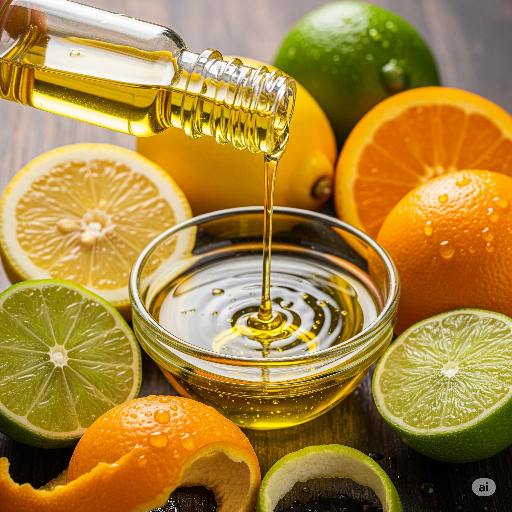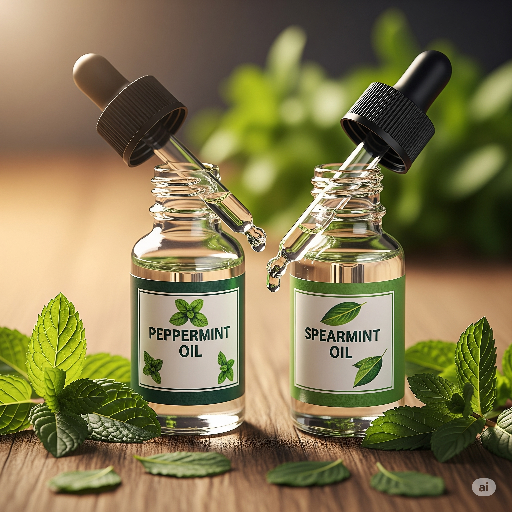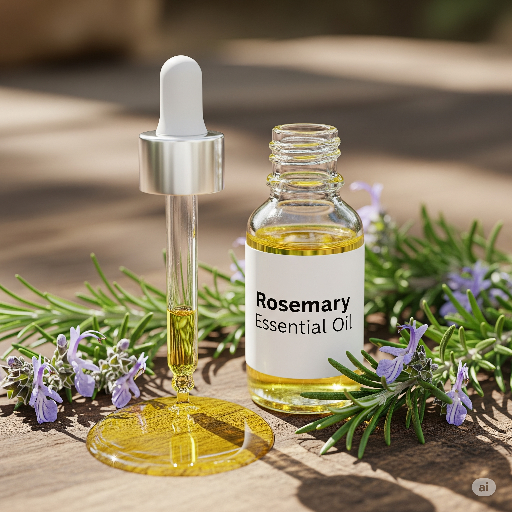The global essential oils industry has grown tremendously in recent years, driven by demand in perfumery, cosmetics, wellness, aromatherapy, and even food and beverages. Yet, with growth comes responsibility. As the world becomes more conscious of climate change, biodiversity loss, and resource depletion, sustainability has become a central concern for producers and consumers alike.
Essential oils, though natural, are not automatically sustainable. Factors such as land use, cultivation practices, extraction methods, and supply chain transparency all influence whether an essential oil supports ecological balance or contributes to environmental strain. For example, while lavender and peppermint are often seen as eco-friendly, oils like sandalwood or rosewood have historically raised sustainability concerns due to overharvesting and deforestation.
In this article, we’ll explore what makes an essential oil sustainable and highlight the oils currently considered the most sustainable choices in today’s market.
What Defines Sustainability in Essential Oils?
Before listing sustainable oils, it’s important to understand the key parameters that make them environmentally and socially responsible:
- Renewable Raw Materials
Plants that grow quickly and abundantly, without requiring large amounts of land or water, are more sustainable than slow-growing trees or endangered species. - Cultivation Practices
Oils sourced from organic or regenerative farming methods, with minimal pesticides and fertilizers, are better for soil health, biodiversity, and long-term agricultural balance. - Ethical Harvesting
Responsible harvesting ensures that plants are not overexploited, endangered, or taken from vulnerable ecosystems. - Efficient Yields
Some oils require vast quantities of plant material to produce just a small volume of oil (e.g., rose or jasmine). Others, like citrus oils, are by-products of the food industry, making them much more resource-efficient. - Fair Trade & Social Impact
Beyond environmental factors, sustainable oils also contribute positively to farming communities through fair wages, cooperative structures, and long-term economic support.
The Most Sustainable Essential Oils Today
Based on the above criteria, here are several essential oils that stand out for their sustainability profile in today’s global marketplace:
1. Citrus Oils (Orange, Lemon, Grapefruit, Lime, Bergamot)
- Why they’re sustainable:
Citrus essential oils are by-products of the juice and food processing industries. When oranges, lemons, or grapefruits are peeled for juice production, the peels would otherwise go to waste. Instead, they’re cold-pressed or steam-distilled to extract valuable essential oils. - Sustainability highlights:
- No additional farmland is required.
- Reduces agricultural waste.
- High yields relative to plant material.
- Challenges: Transporting citrus fruits over long distances can raise carbon footprints, so locally sourced citrus oils are preferable.

2. Lavender (Lavandula angustifolia)
- Why it’s sustainable:
Lavender is hardy, drought-resistant, and grows abundantly in many regions worldwide, from Europe to Asia to the Americas. It requires relatively low water and pesticides compared to many crops. - Sustainability highlights:
- Widely cultivated, reducing pressure on wild populations.
- Perennial crop that helps prevent soil erosion.
- Strong consumer demand, ensuring stable farmer income.
- Challenges: Over-cultivation in certain regions can impact biodiversity if not managed carefully.
3. Peppermint and Spearmint
- Why they’re sustainable:
Mint species are fast-growing, high-yield crops that regenerate quickly. They thrive in temperate climates and can be harvested multiple times in a single season. - Sustainability highlights:
- Strong re-growth cycle reduces need for replanting.
- High oil yield per acre.
- Commonly grown in crop rotation systems, supporting soil fertility.
- Challenges: Water usage can be high in some regions, so drip irrigation and water-efficient farming practices are key.

4. Eucalyptus
- Why it’s sustainable:
Eucalyptus trees are some of the fastest-growing trees on the planet. They are cultivated on plantations around the world, making their oil one of the most renewable in the market. - Sustainability highlights:
- Rapid growth rate ensures consistent supply.
- Low input requirements compared to other trees.
- Plantation-grown, so they don’t rely on endangered wild populations.
- Challenges: Large-scale monoculture eucalyptus plantations can strain water resources and reduce biodiversity if not carefully managed.
5. Tea Tree (Melaleuca alternifolia)
- Why it’s sustainable:
Native to Australia, tea tree is now grown on plantations worldwide. It grows quickly, is highly resilient, and doesn’t require excessive pesticides. - Sustainability highlights:
- Reliable global supply chain.
- Minimal ecological threat since it is cultivated, not wild-harvested.
- Well-regulated industry in Australia ensures long-term balance.
- Challenges: Expanding plantations into sensitive ecosystems should be monitored to avoid habitat disruption.
6. Rosemary
- Why it’s sustainable:
Rosemary thrives in arid and semi-arid regions with little need for irrigation or pesticides. It’s often grown as a companion plant or hedge, requiring minimal land expansion. - Sustainability highlights:
- Drought-tolerant and low-maintenance.
- Enhances biodiversity by attracting pollinators.
- Strong global demand makes it an economically sustainable crop.
- Challenges: Intensive cultivation in some Mediterranean regions needs balance to avoid soil depletion.

7. Cedarwood (Atlas, Texas, Virginia, Himalayan)
- Why it’s sustainable:
Many cedarwood oils are produced as by-products of the lumber industry. Instead of discarding sawdust and wood chips, they are distilled into essential oil, maximizing resource efficiency. - Sustainability highlights:
- Uses waste material from timber industry.
- Multiple cedar species cultivated globally for consistent supply.
- Helps reduce logging waste.
- Challenges: Must ensure logging itself is responsibly managed and not contributing to deforestation.
8. Clove and Cinnamon Leaf Oils
- Why they’re sustainable:
Both clove and cinnamon leaf oils are derived from parts of the plant that are typically not wasted (leaves, stems). Unlike cinnamon bark oil, which requires stripping bark and can harm trees, leaf oils are far less destructive. - Sustainability highlights:
- Harvested from renewable plant parts.
- Lower ecological footprint compared to bark oils.
- Provides steady income streams to farmers in tropical regions.
- Challenges: Overharvesting in poorly regulated areas could still pressure ecosystems.
Oils with Sustainability Concerns
While some oils are sustainable, others remain under scrutiny due to overharvesting or endangered status. For example:
- Sandalwood (Santalum album): Overharvesting led to near extinction in India; plantation-grown sandalwood is now a more sustainable option.
- Frankincense: Wild harvesting pressures Boswellia trees; without sustainable tapping practices, populations could decline.
- Rosewood (Aniba rosaeodora): Endangered due to deforestation in the Amazon; protected under CITES.
Consumers and manufacturers must stay informed and choose responsibly sourced alternatives.
The Future of Sustainability in Essential Oils
The essential oils industry is actively seeking solutions to improve sustainability, including:
- Biotechnology & Aroma Chemicals: Lab-created natural-identical molecules can reduce pressure on endangered plants while maintaining fragrance quality.
- Regenerative Agriculture: Farming practices that restore soil health, sequester carbon, and enhance biodiversity.
- Fair Trade Models: Ensuring farmers benefit economically from sustainable practices.
- Transparency & Certifications: Labels such as USDA Organic, FairWild, and Ecocert help consumers make informed choices.
Conclusion
Sustainability in essential oils isn’t just about whether a plant is natural—it’s about how it’s grown, harvested, and brought to market. Oils such as citrus, lavender, peppermint, eucalyptus, tea tree, rosemary, cedarwood, clove, and cinnamon leaf stand out as some of the most sustainable options today.
By choosing these responsibly sourced oils and supporting ethical supply chains, manufacturers, perfumers, and consumers can enjoy the benefits of aromatics while protecting the environment for future generations.
